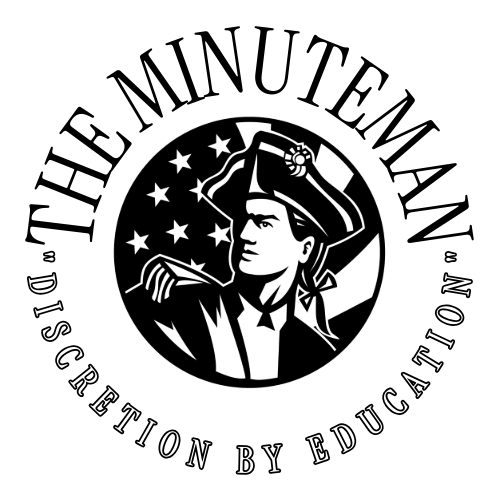-
Artificial Intelligence
Quick Definition: Artificial Intelligence Artificial Intelligence (AI) refers to computational systems and algorithms designed to perform tasks that typically require human intelligence, such as learning, reasoning, perception, and decision‑making. AI encompasses various techniques including machine learning, deep learning, rule‑based systems, and hybrid architectures. In U.S. federal law, AI is defined (15 U.S.C. § 9401) as…
-
Chatbot
Quick Definition: Chatbot A chatbot is a software application that interacts with users through natural language (text or voice), using predefined rules or AI models to interpret user input and generate responses in conversational form. Key points: Chatbots can be rule-based (scripted flows) or AI-based (powered by NLP/LLMs). They are commonly used in customer support,…
-
Deferred Prosecution Agreement (DPA)
Quick Definition: Deferred Prosecution Agreement (DPA) A Deferred Prosecution Agreement (DPA) is a legal mechanism in which a prosecutor agrees to suspend criminal prosecution of a defendant (often a corporation), on condition that the defendant meets certain requirements (e.g., compliance reforms, monitoring, fines) during a specified period. If the defendant satisfies those conditions, charges may…
-
Generative AI
Quick Definition: Generative AI Generative AI refers to a class of AI systems designed to produce new content—text, images, audio, video, or other modalities—rather than just analyzing or classifying existing data. These models learn patterns from large datasets and generate novel outputs that follow similar distributions. Key points: Examples include GANs (Generative Adversarial Networks), diffusion…
-
Large Language Model (LLM)
Quick Definition: Large Language Model (LLM) A Large Language Model (LLM) is a form of generative AI model trained on massive corpora of text using self‑supervised learning. It is specialized in tasks involving natural language, such as text generation, summarization, translation, and conversational response. LLMs are typically based on transformer architectures and consist of billions…
-
Monitorship
Quick Definition: Monitorship A monitorship is a remedy often imposed in legal or regulatory contexts, whereby an independent third party (the “monitor”) oversees and audits compliance by an entity (such as a corporation) with court‑ordered or agreement‑based obligations, such as those in a DPA, consent decree, or settlement. Key points: The monitor typically has authority…
-
Quantum Computing
Quick Definition: Quantum Computing Quantum Computing is a computing paradigm that uses quantum mechanical phenomena—such as superposition, entanglement, and interference—to process information. Instead of classical bits (0 or 1), quantum computers use quantum bits or qubits, which can exist in multiple states simultaneously. Key points: Quantum algorithms can, for certain tasks, offer exponential or polynomial…
-
Tariff
Quick Definition: Tariff A tariff is a tax or duty that a government charges on imported goods (and sometimes on exported goods). It is used to raise revenue, protect domestic industries, or influence trade policy. Key points: Tariffs can be ad valorem (a percentage of value) or specific (a fixed amount per unit). The importer…
